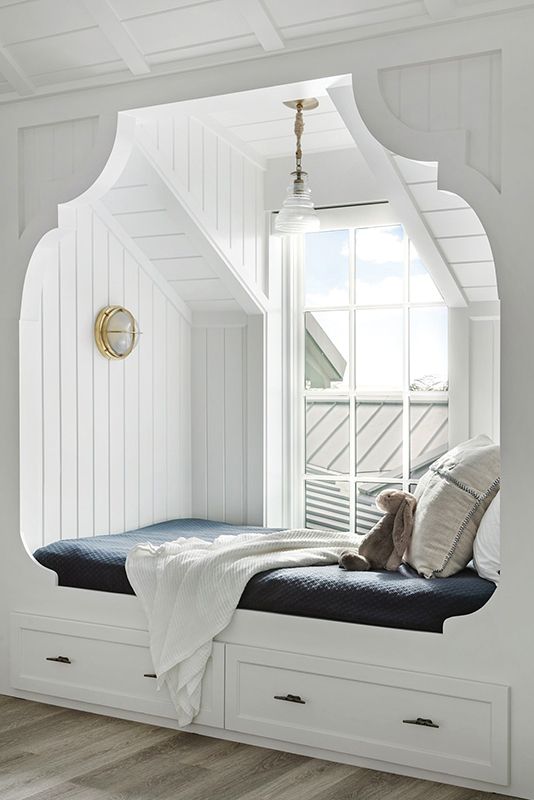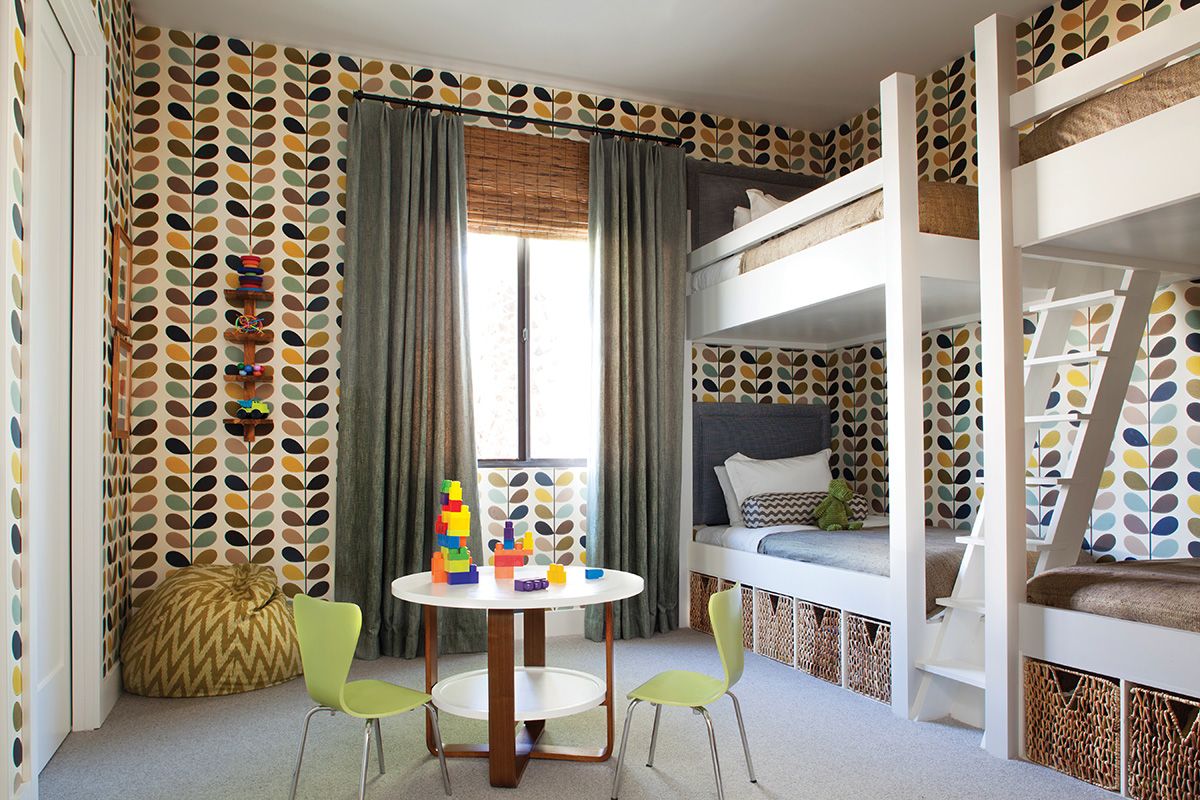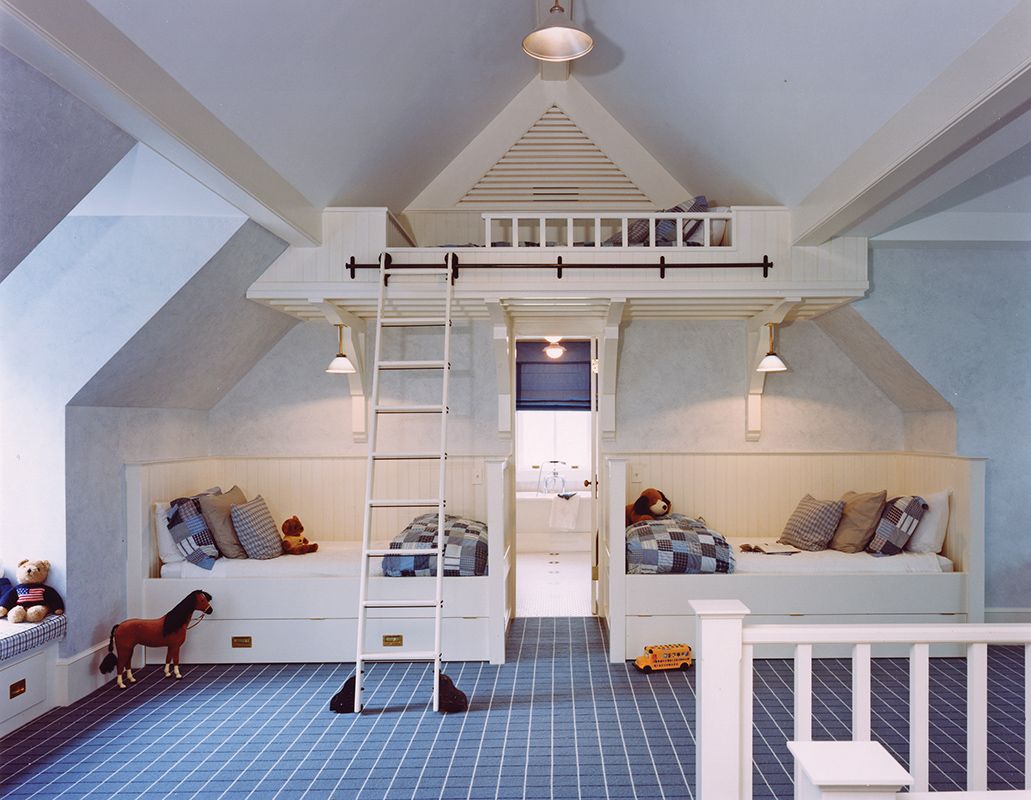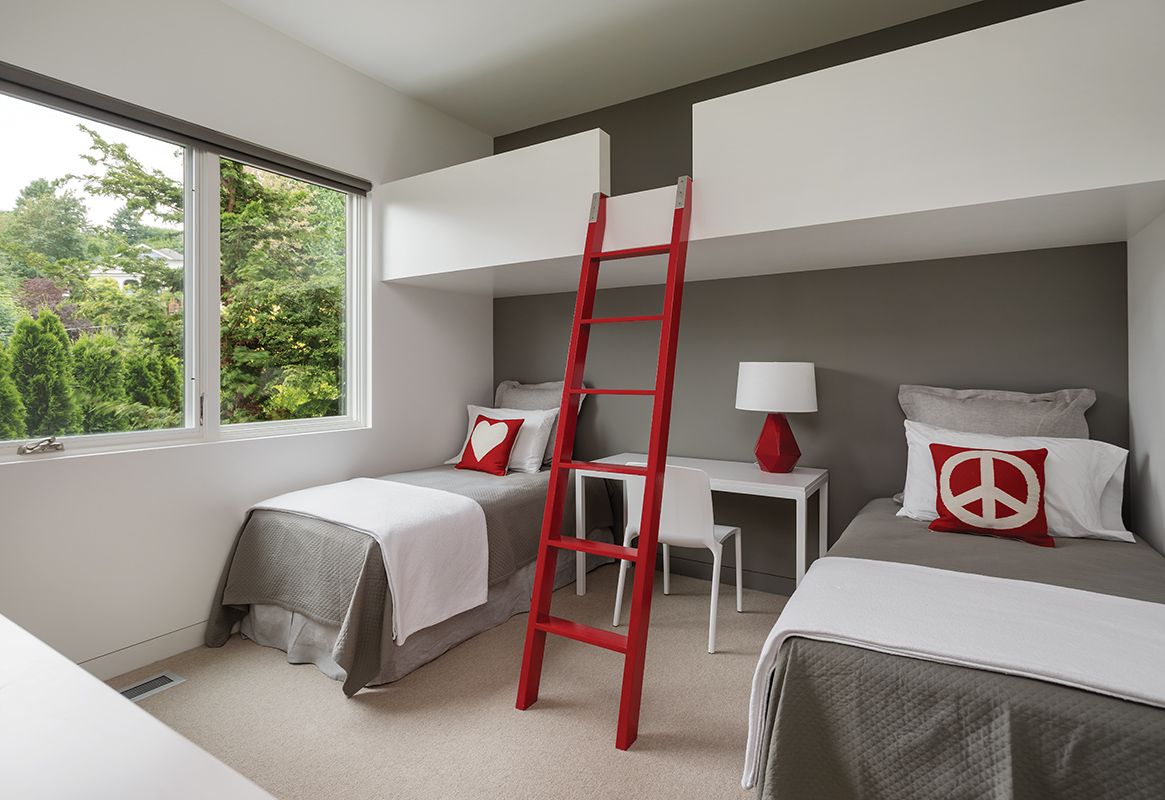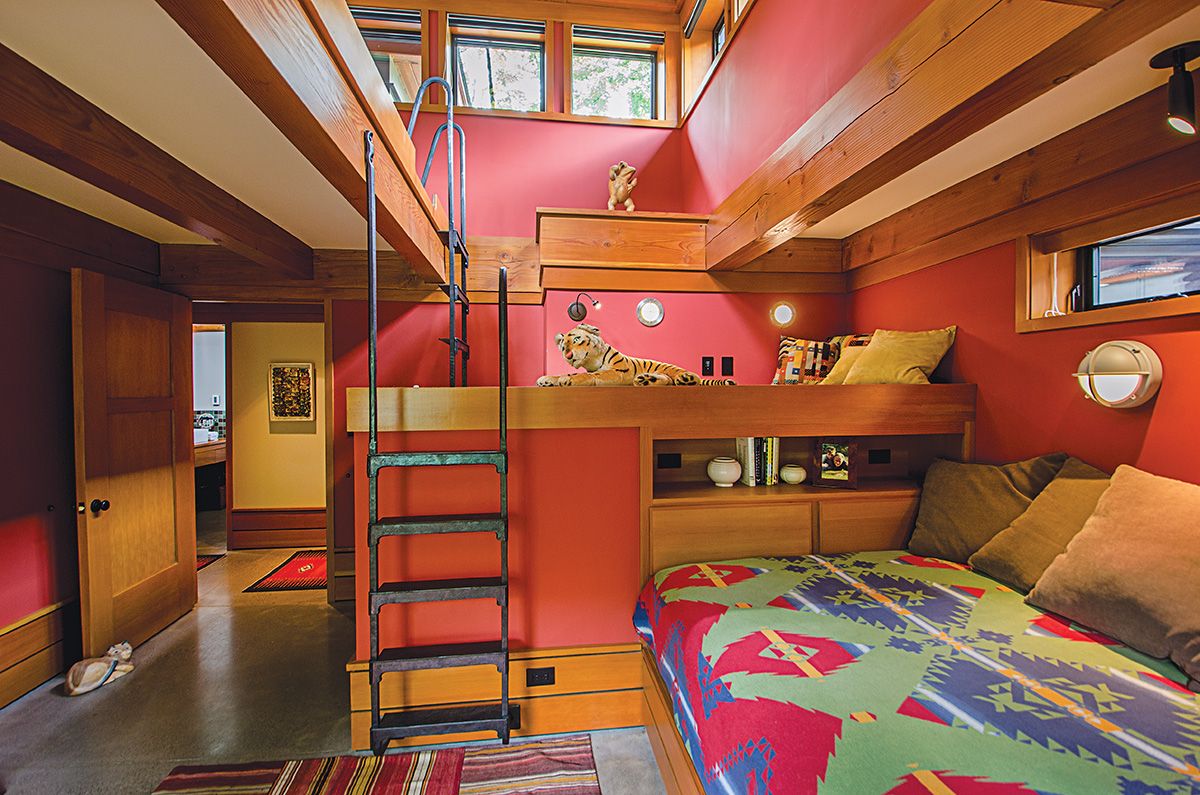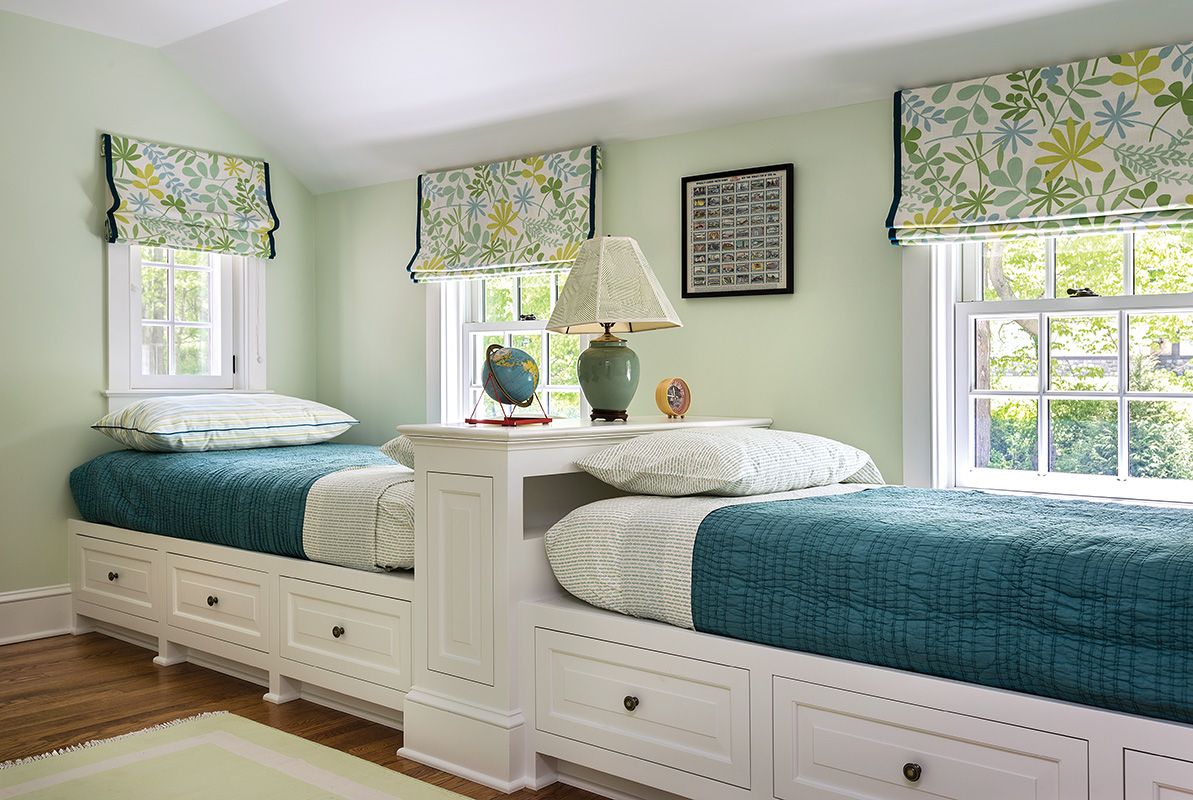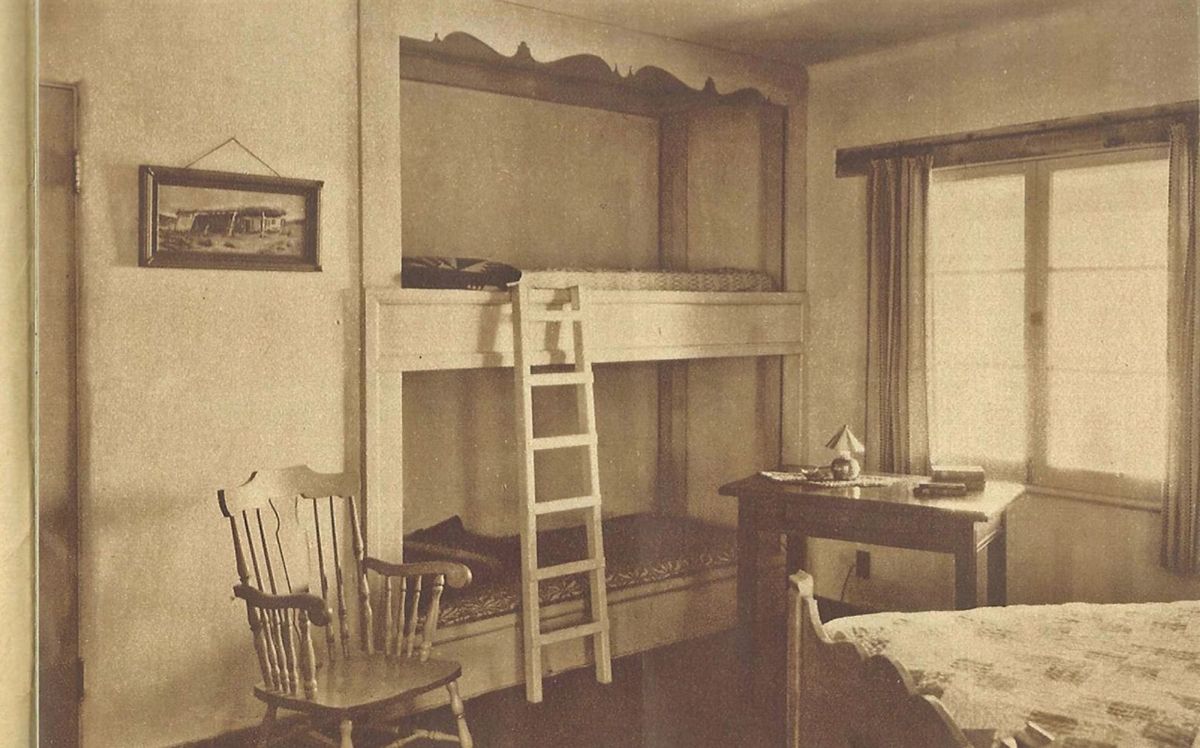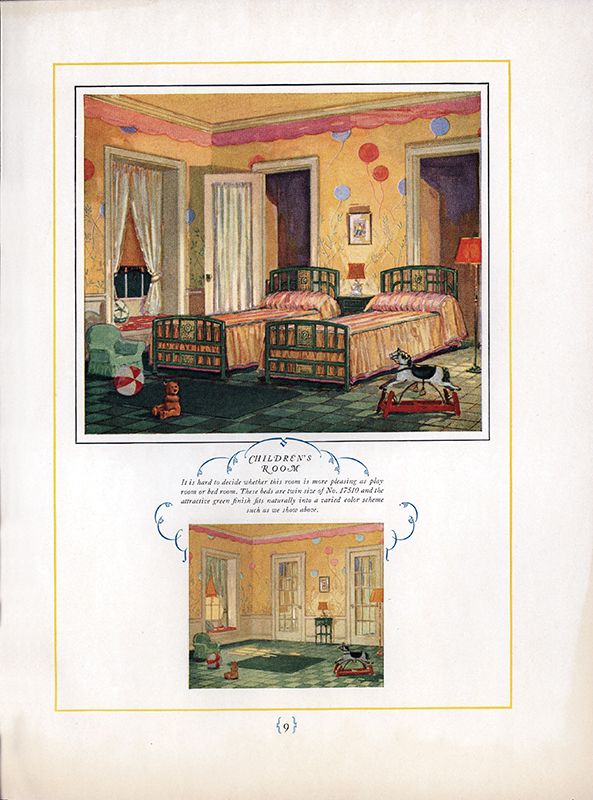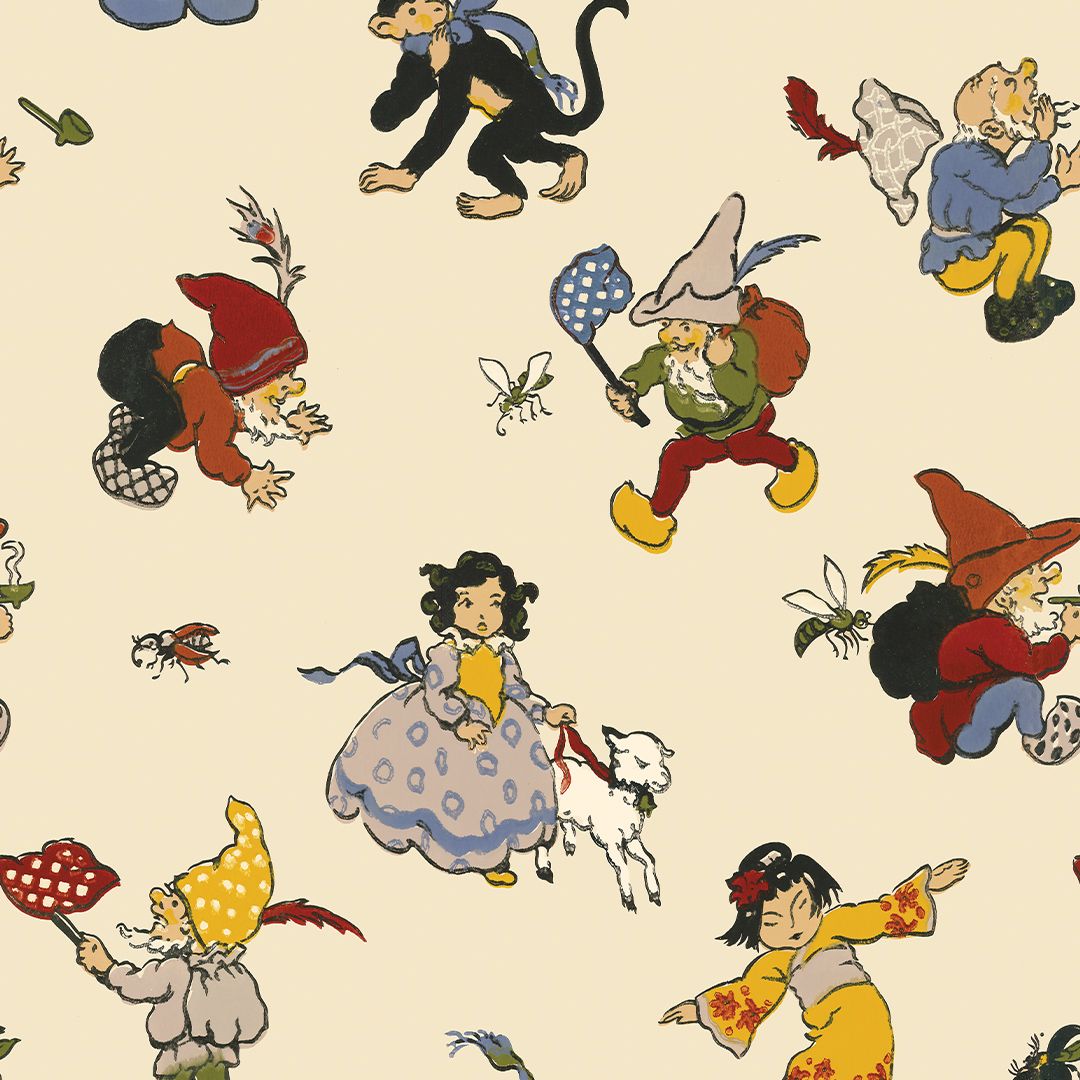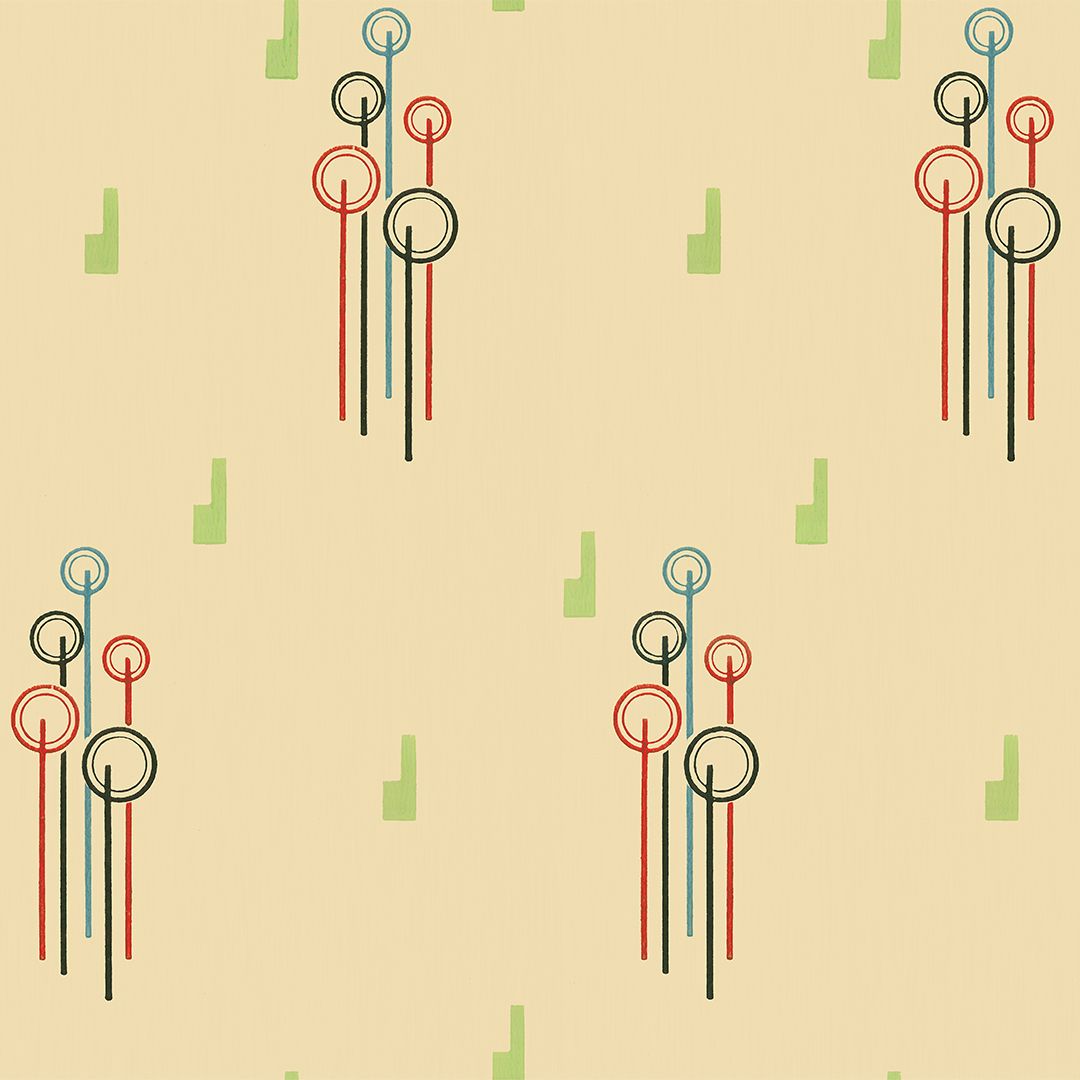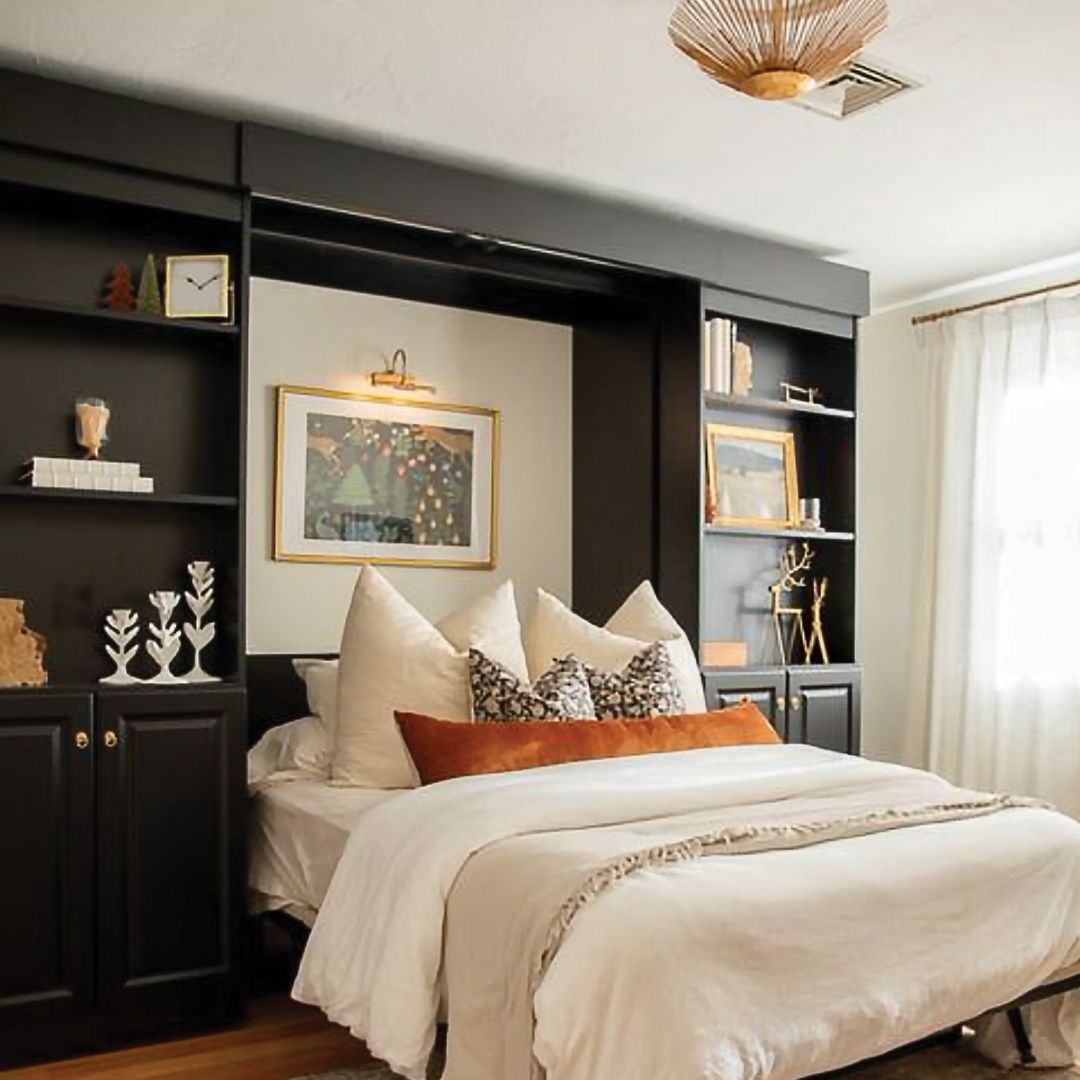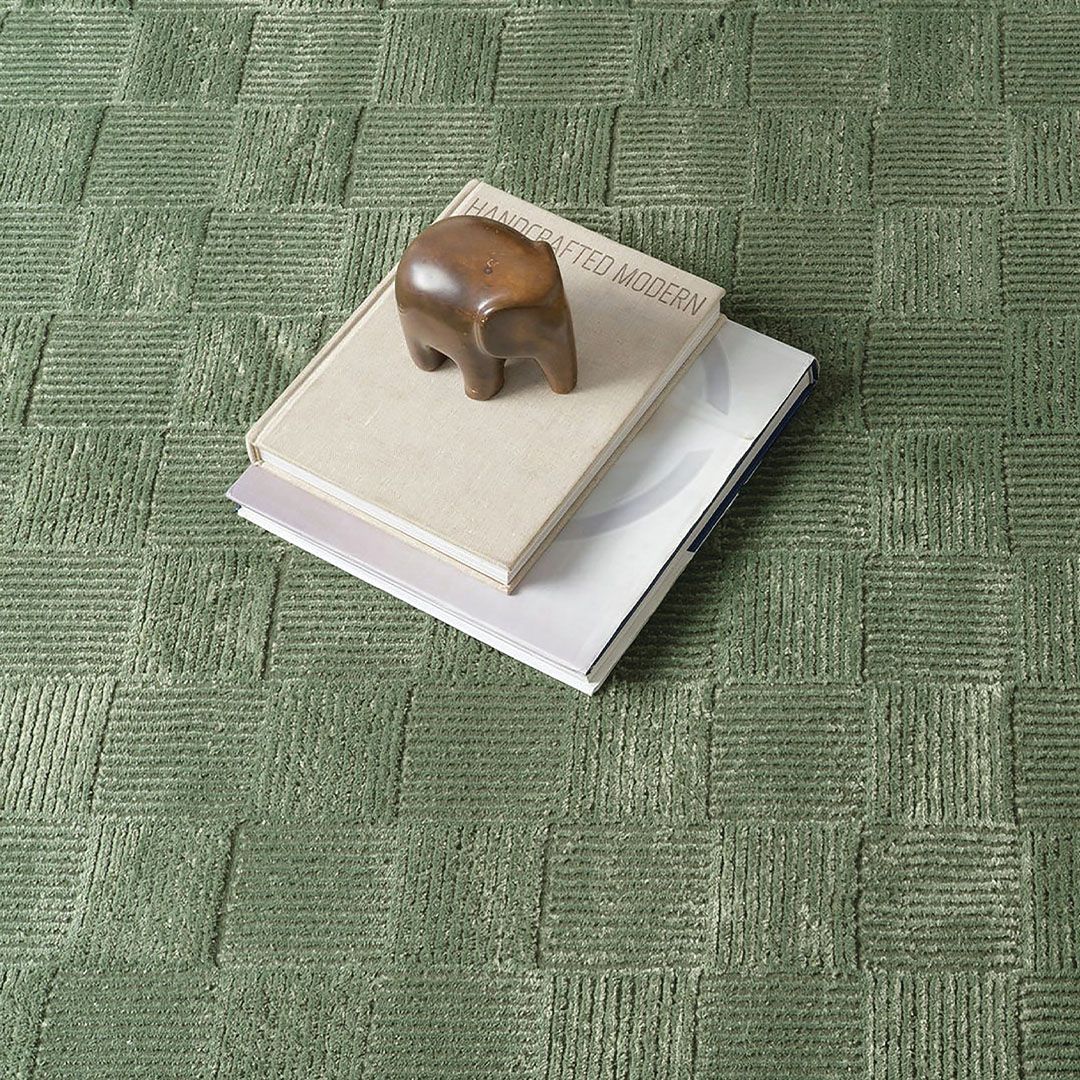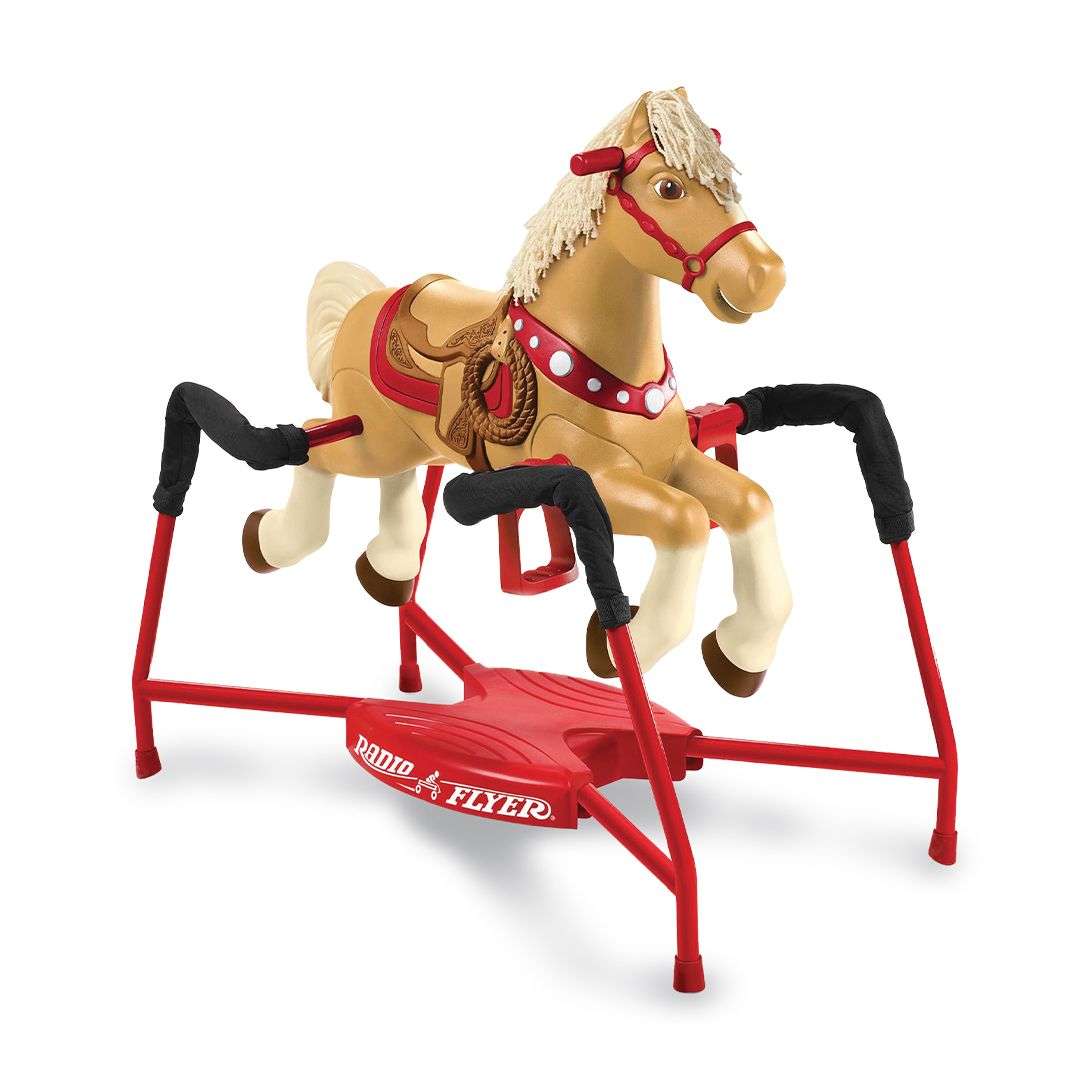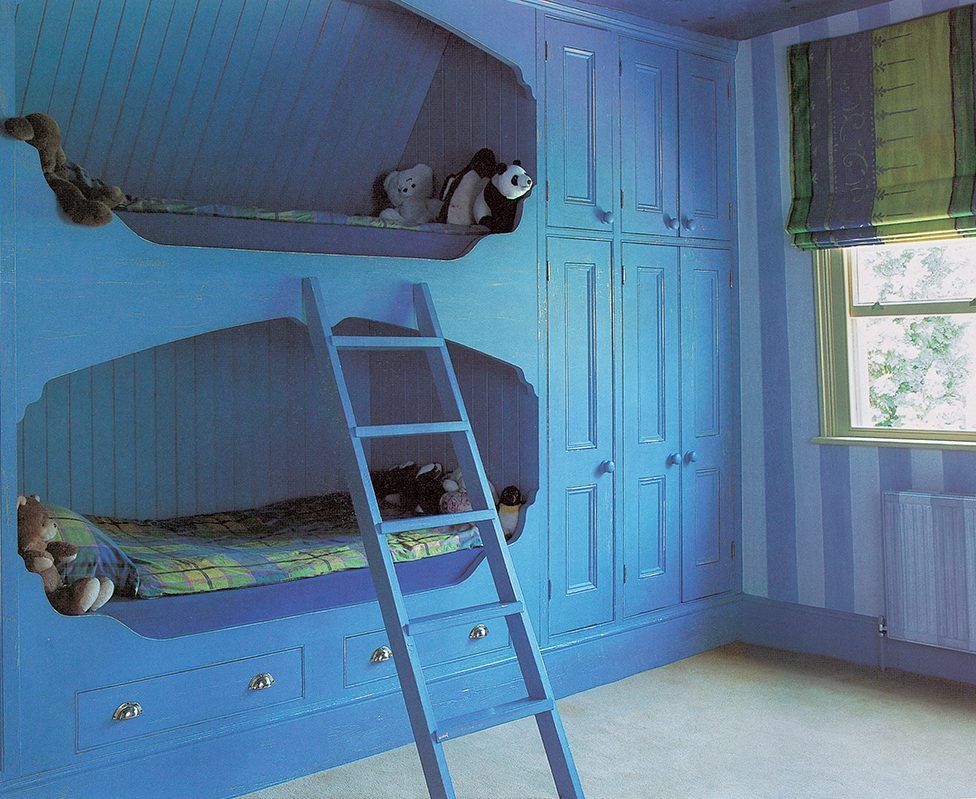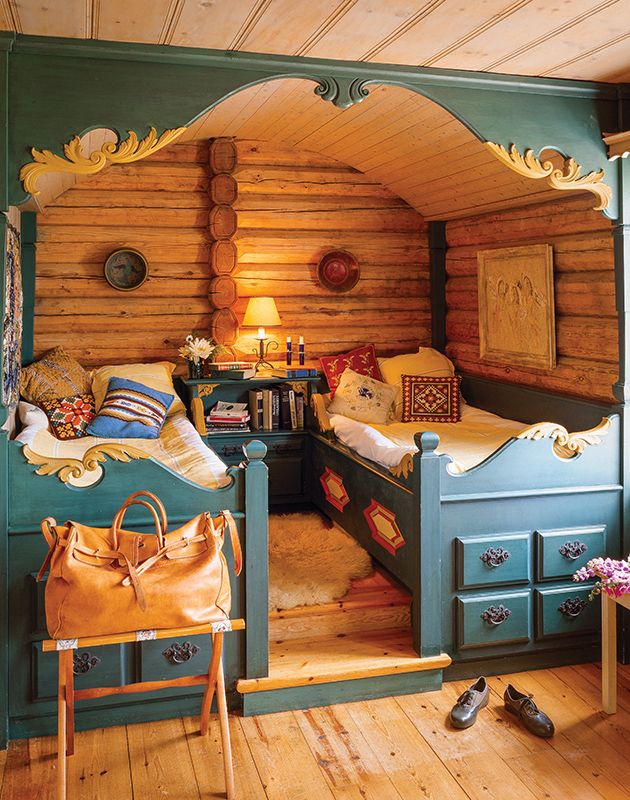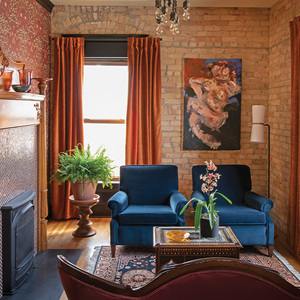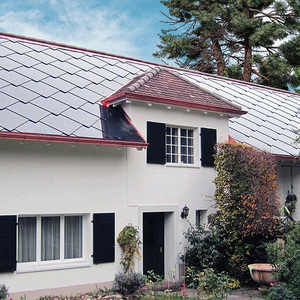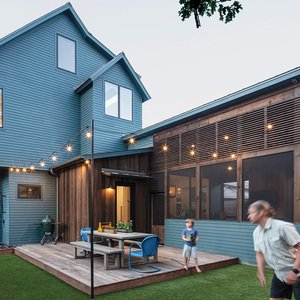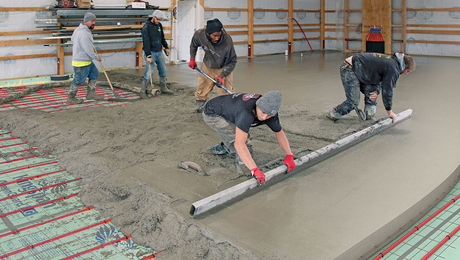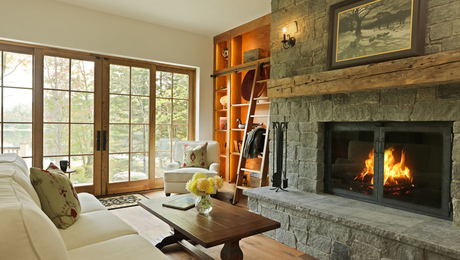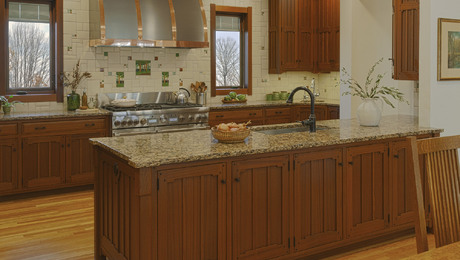Bunk Beds and Built Ins
Bunk beds and bedroom built-ins have lots of history—and they're not just for kids.
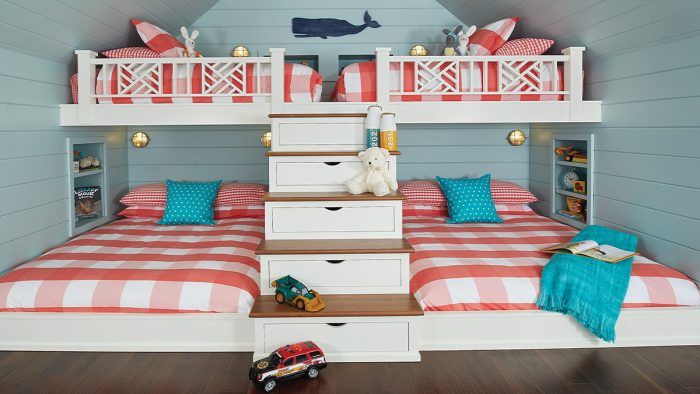
We seem to have a collective memory of cozy, tucked-in beds, whether or not childhood included draping a blanket to make a tent of the lower bunk. Cupboard beds and bunks have a common history as efficient ways to provide sleeping space for a family.
Today’s designers use alcove beds, built-in bunks, and entire bunk rooms to create a room within a room, using precedents from Swedish furniture to nautical berths. The concept sounds like a holdover from mid-century suburban kids’ rooms.
Built-in beds and bunks are both much older, though, and more current. With multi-generation households needing to maximize space, stacked and built-in beds are resurgent. People building vacation homes like the idea for family reunions and overnight parties.
The Beginning of Box Beds
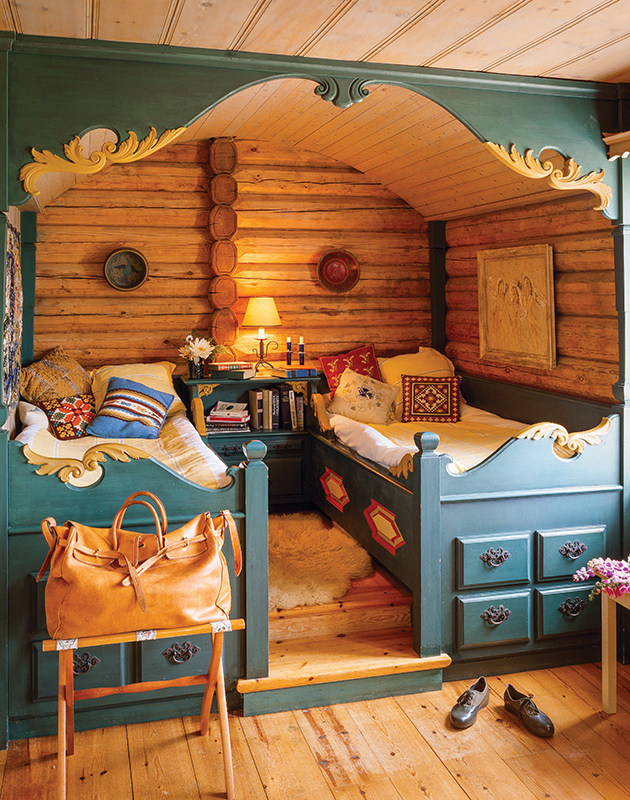
Roots trace to the box beds of late-medieval Europe. A piece of furniture (or a built-in) would be enclosed on three sides with a mattress inside. The fourth side was partially enclosed by a decorative cutout, a hinged or sliding door, or a curtain.
Such beds provided privacy in a common room and retained body heat. Scandinavia produced some of the most beautiful cupboard beds, which featured hand carving and folk painting. The idea persisted even into the 20th century.
Today, some designers take hints from berths on ocean liners or rail cars, using privacy curtains or a nautical ladder, say. Drawn curtains on rings can conceal the beds, too; lined curtains block morning sun. If you’re building, consider making one or both (or all) beds adult-size, extending their usefulness and versatility: Choose standard-size mattresses, at least twin or XL twin. Be sure an adult can get to the top bunk; a steep staircase is better and safer than a ladder. Plan for a separate electrical outlet at each bed, for a reading light and a phone charger.
A stacked-bunk design should follow all specifications for clearances, age and weight restrictions, design of ladders or stairs, use of guard rails, and anchoring into the wall or floor. Find Consumer Product Safety Commission guidelines by searching “bunk beds business guidance” at cpsc.gov.
Don’t discount premade bunk beds and hideaways. Quality manufacturers offer many styles and configurations with safer access, built-in storage, customization options, and even remote control.
Singles, Doubles, Perpendicular?
Custom-designed bunks are nothing like the furniture-store bunk beds of the 1960s. These handsome, permanent fixtures can be made to fit any room, whatever the ceiling height or number of beds desired.
Twins may be built over double or queen beds, placed parallel or perpendicular to the lowers. Bunk rooms have become popular, especially in vacation houses where cousins or even the whole family are happy to share a room. Banks of four beds might be built into one wall, mirrored on the adjacent or opposite wall to allow eight beds.
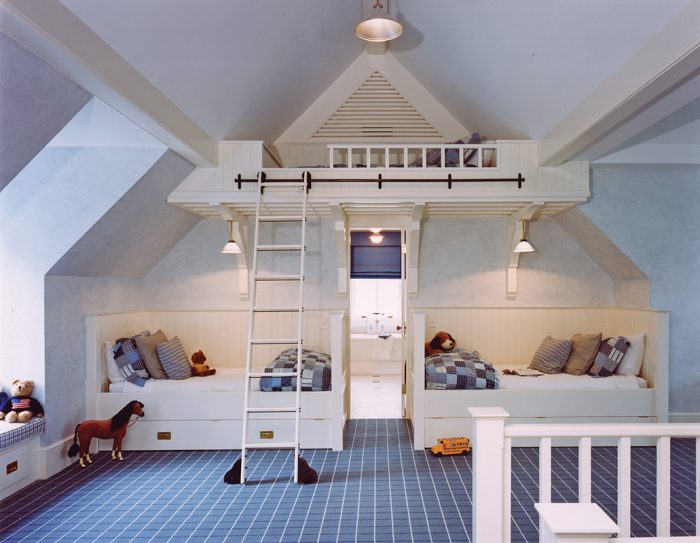 |
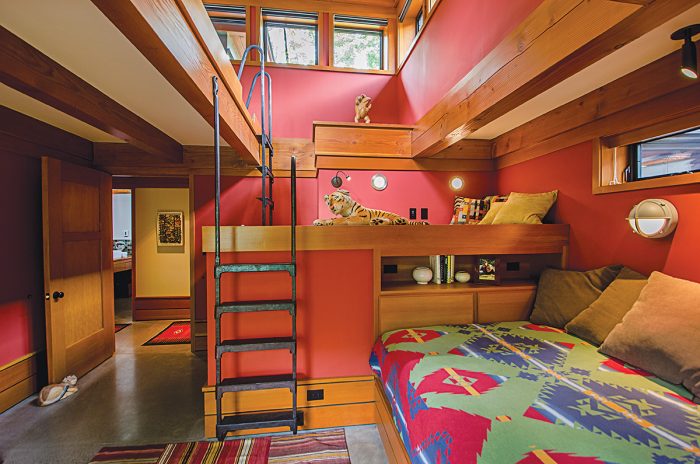 |
 |
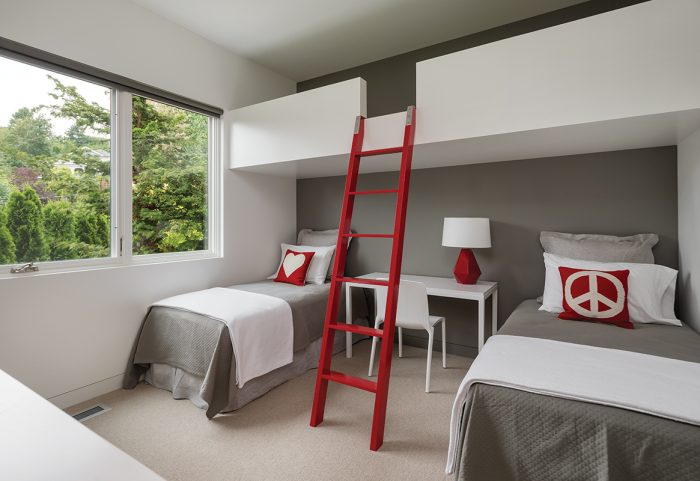 |
One Wall vs. L-Shape
Bunk beds aren’t just those configured one over the other. Built-in, immovable beds placed along a wall are also bunks, with the option to place them head to head, head to toe, or toe to toe. Custom built-ins allow maximum space efficiency by including a headboard or bookshelf and neat under-bed storage. It’s easier to clean around built-ins, in comparison to a freestanding bed on legs.
The integrated platform means no box spring is necessary. Bunks may be tucked into a corner, forming an L-shape and leaving an open area in the center of the room. It’s an idea seen in the modest Usonian houses by Frank Lloyd Wright. Beds may overlap at the corner or each butt up to a corner table or a common headboard.
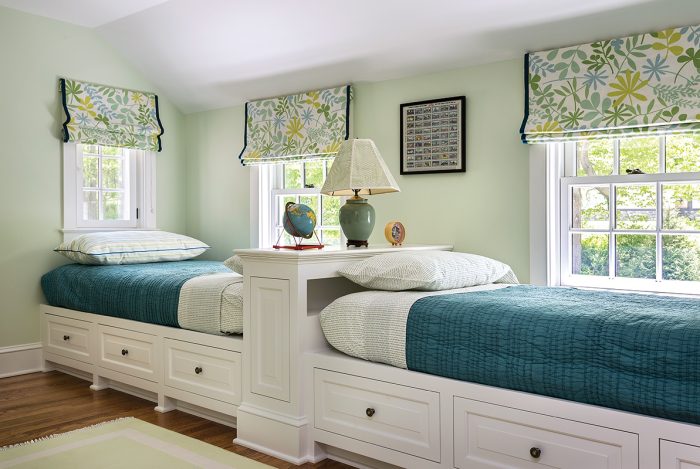 |
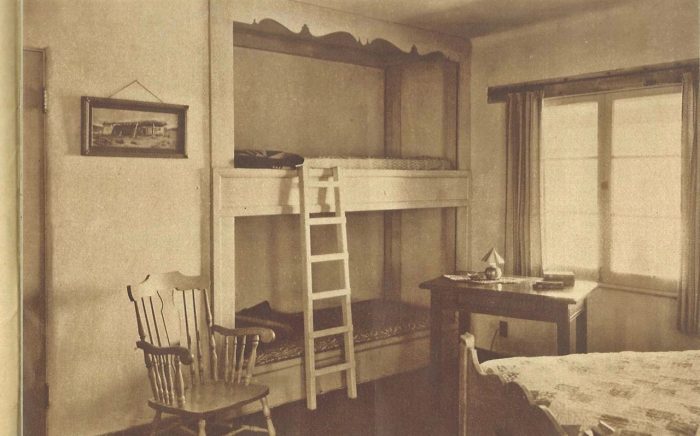 |
Hideaway Bed Ideas, Circa 1930
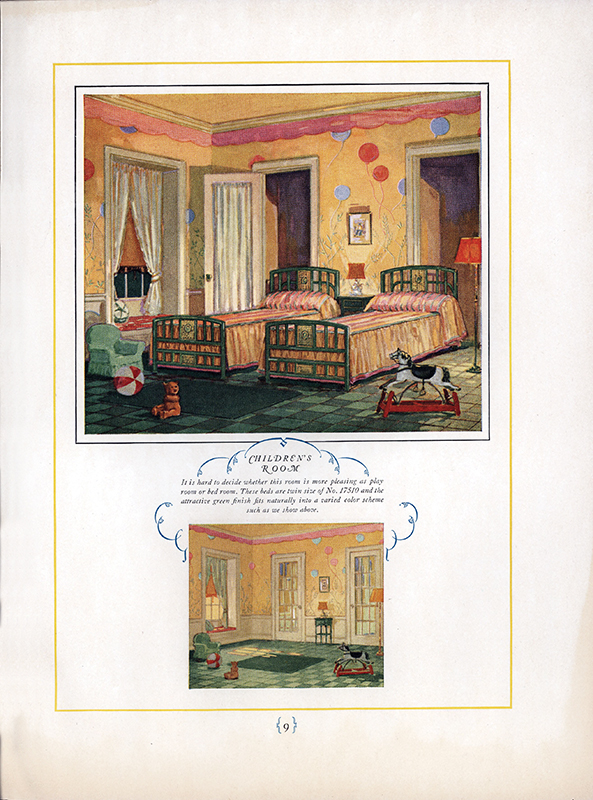 |
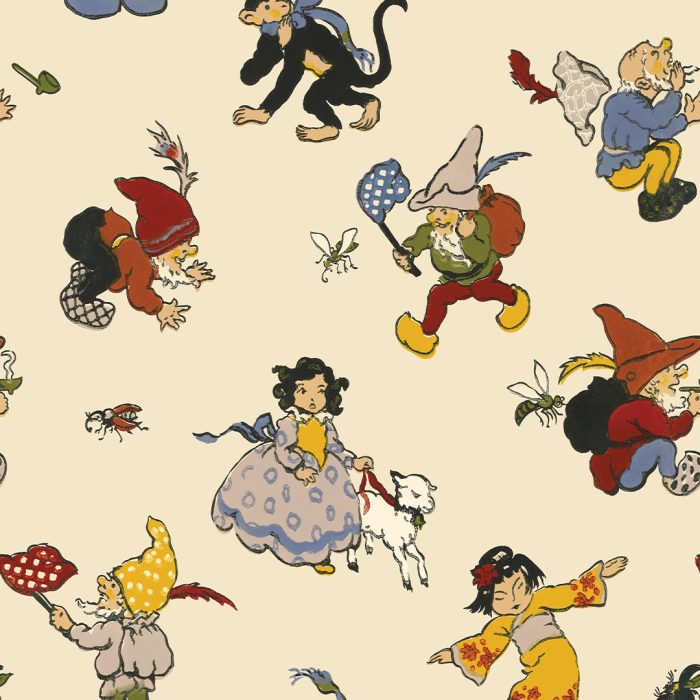 |
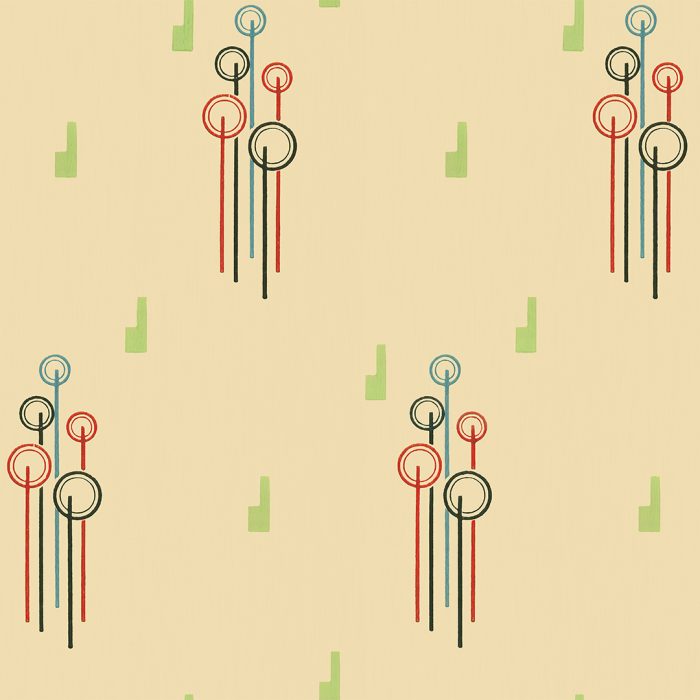 |
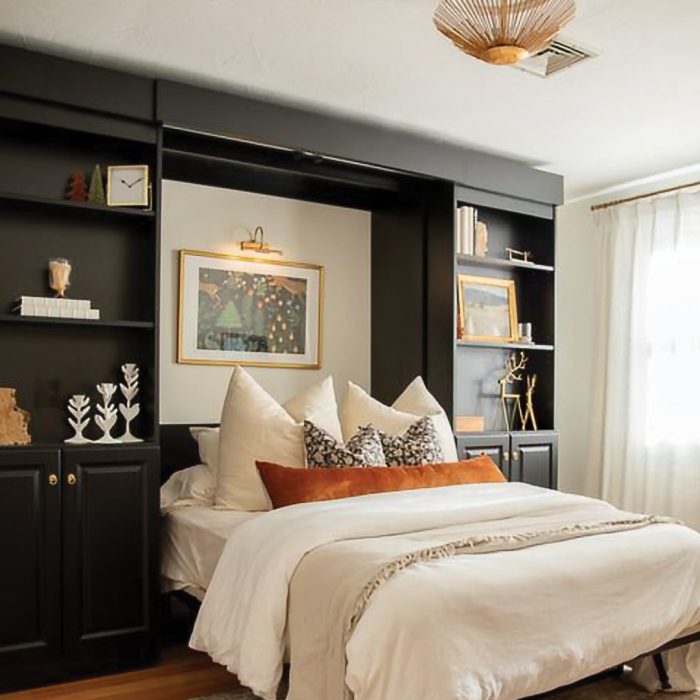 |
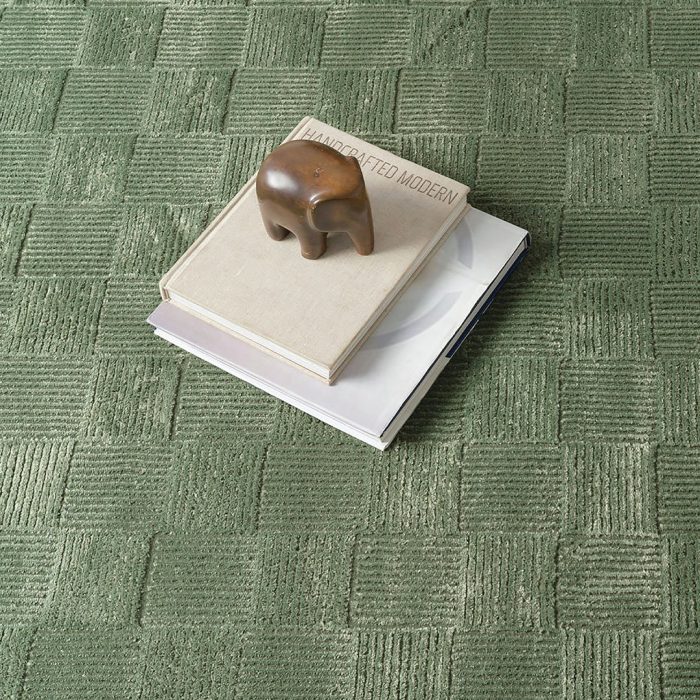 |
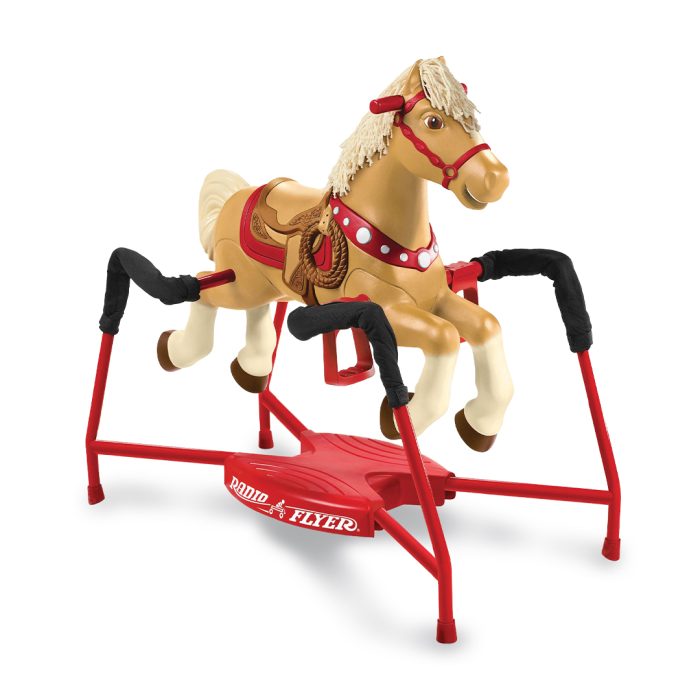 |
The Murphy Bed
Like bunks, Murphy beds—aka hideway beds or wall beds—are a way of maximizing space. The difference, of course, is that a Murphy bed disappears when not in use. The earliest designs were counterweighted single or double beds that folded upward and then pivoted into a closet.
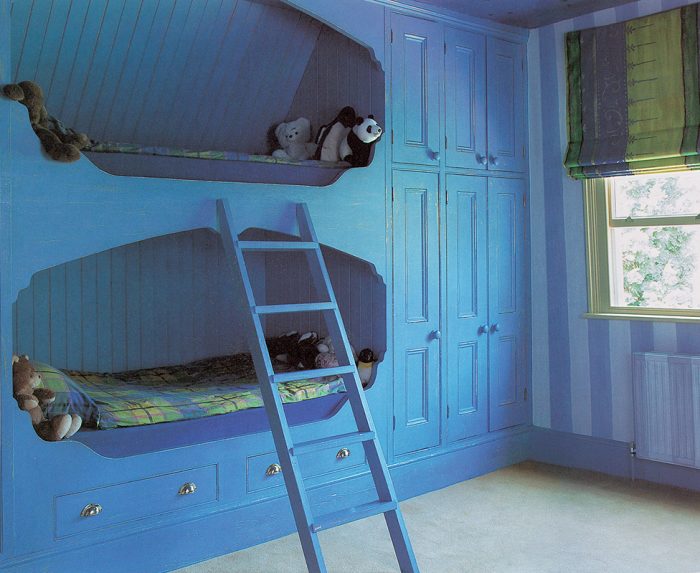
Others had the bed pull down from a wall, leading to a comedic trope (from Charlie Chaplin to James Bond) that has the bed fold up or fall down at an inopportune time. Today’s Murphy beds are more likely to be a mattress and frame, of any size, that unfolds from a purpose-built cabinet such as an armoire or a wall of bookcases.
A Murphy bed is useful for a room that becomes a bedroom every night, as well as for a room that needs a guest bed only infrequently. Several companies today make Murphy beds at various price points, some with options to customize the design, material, lighting, and so on. You can even buy a Murphy bunk bed.
The trundle bed is even older, dating to medieval times. A trundle is a rollaway bed on wheels that pulls out from underneath a full-time bed.
RELATED STORIES

